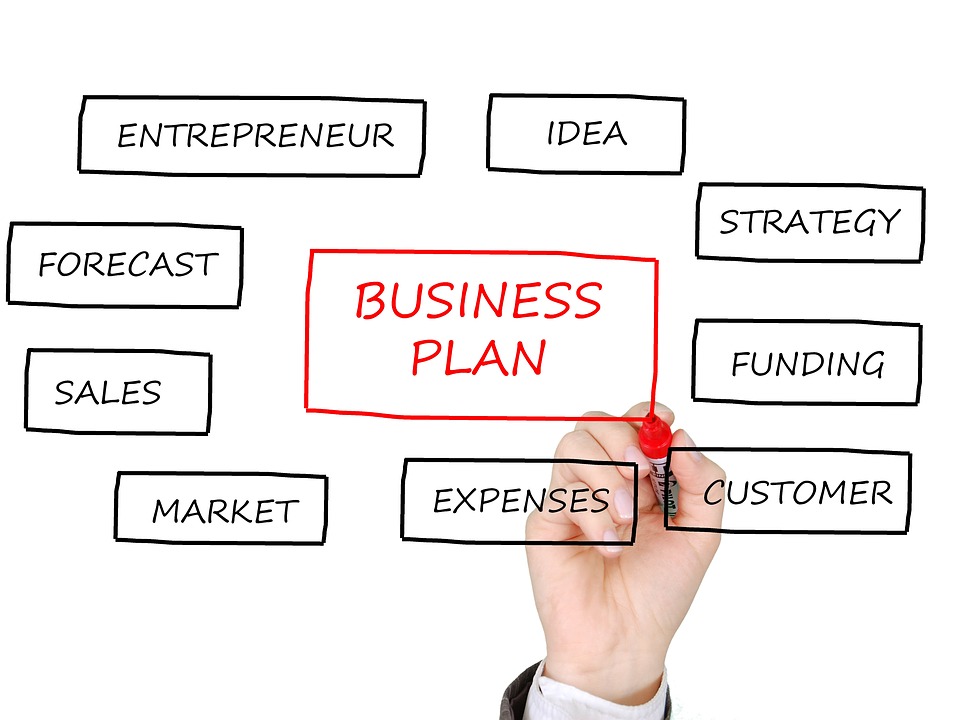The Lean Startup Methodology has become increasingly popular in recent years, and for good reason. It provides entrepreneurs with a framework for building successful businesses that is both efficient and effective. At the core of the Lean Startup Methodology is the concept of the Minimum Viable Product (MVP). In this blog post, we will explore what an MVP is, why it’s important, and how to build a successful one.
What is an MVP?
An MVP is a product or service that has just enough features to satisfy early customers and provide feedback for future product development. The idea is to create a simple and basic version of your product or service that can be tested in the market with real customers. An MVP should be developed quickly and inexpensively so that it can be validated with the least possible investment.
Why is an MVP important?
The main benefit of an MVP is that it allows you to test your idea in the market with real customers before investing a lot of time and money into developing a full-featured product. By releasing a basic version of your product, you can quickly learn what your customers want and what they don’t want. This feedback can be used to iterate and improve your product before investing more resources into its development.
Another important benefit of an MVP is that it allows you to validate your assumptions about the market. You may think you have a great idea for a product or service, but until you test it with real customers, you won’t know for sure. By releasing an MVP, you can quickly learn whether there is a market for your product or service and whether your assumptions were correct.
How to Build a Successful MVP
- Identify your target audience
The first step in building an MVP is to identify your target audience. Who are the early adopters who will be most interested in your product or service? What issues do they face?, and how can your product or service solve them? By understanding your target audience, you can create an MVP that is tailored to their needs and preferences.
- Define your MVP features
Once you have identified your target audience, you need to define the features of your MVP. What are the essential features that your product or service must have in order to satisfy early customers and provide feedback for future product development? It’s important to keep your MVP simple and basic so that you can get it to market quickly and inexpensively.
- Develop your MVP
With your target audience and MVP features defined, it’s time to develop your MVP. This may involve building a basic website, creating a prototype, or even using manual processes to simulate the product or service. The key is to create something that is functional and can be tested in the market with real customers.
- Test your MVP
Once your MVP is developed, it’s time to test it in the market with real customers. This may involve reaching out to early adopters, offering a free trial, or even launching a crowdfunding campaign. The goal is to get feedback from real customers that can be used to iterate and improve your product before investing more resources into its development.
- Iterate and Improve
Based on the feedback you receive from your MVP, it’s important to iterate and improve your product. This may involve adding new features, improving existing ones, or even pivoting to a different market or customer segment. The key is to use the feedback you receive to continuously improve your product and increase its chances of success.
Common pitfalls to avoid: The most common mistakes entrepreneurs make when building an MVP, and how to avoid them
Building an MVP is a critical step in launching a successful startup. However, many entrepreneurs make common mistakes that can lead to failure. Here are some of the most common pitfalls to avoid when building an MVP and how to avoid them.
- Creating a product that nobody wants
One of the biggest mistakes entrepreneurs make is building a product that nobody wants. It’s important to do your research and validate your idea before investing time and resources into building an MVP. Start by identifying your target audience and their pain points. Then, test your idea with a landing page, surveys, or user interviews to gauge interest.
- Overcomplicating your MVP
The purpose of an MVP is to create a basic version of your product that can be tested in the market with real customers. However, some entrepreneurs make the mistake of overcomplicating their MVP by adding too many features. Remember, the goal is to create a product that is simple and basic, so that you can get it to market quickly and inexpensively.
- Failing to define your MVP features
Another common mistake entrepreneurs make is failing to define their MVP features. Without a clear understanding of what your MVP should include, you risk building a product that doesn’t meet your customers’ needs. Before you start building your MVP, define the essential features that your product or service must have in order to satisfy early customers and provide feedback for future product development.
- Not testing your MVP
Once you’ve built your MVP, it’s essential to test it in the market with real customers. However, some entrepreneurs make the mistake of not testing their MVP at all. Without feedback from real customers, it’s impossible to know whether your product or service will be successful. Develop a testing strategy and iterate your product based on the feedback you receive.
- Failing to iterate and improve
Finally, some entrepreneurs make the mistake of failing to iterate and improve their products based on the feedback they receive from their MVPs. It’s important to use the feedback you receive to continuously improve your product and increase its chances of success. Don’t be afraid to pivot or make significant changes based on the feedback you receive.
Scaling your product: Tips for scaling your product once you’ve validated your idea with your MVP
- Focus on your core product
One of the biggest mistakes entrepreneurs make when scaling their product is trying to do too much too soon. Instead, focus on your core product and the features that have proven to be most valuable to your customers. By focusing on your core product, you can ensure that you’re delivering the best possible value to your customers and scaling in a sustainable way.
- Build a strong team
Scaling your product requires a strong team that can execute your vision. As you scale, you’ll need to hire more people and delegate responsibilities. It’s important to build a team with the right skills and expertise to help you execute your vision and grow your product.
- Create a scalable infrastructure
As you scale, it’s important to create a scalable infrastructure that can support your growth. This includes everything from your technology stack to your customer support systems. Make sure that your infrastructure is designed to support your current needs and can be easily scaled as your product grows.
- Leverage data and analytics
Data and analytics are essential for scaling your product. Use data to track key metrics, such as user engagement and conversion rates, and use that data to make informed decisions about how to improve your product. Analytics tools can also help you identify areas where you can improve your product and make it more valuable to your customers.
- Expand your user base
To scale your product, you’ll need to expand your user base. This means developing a strong marketing strategy that can help you reach new customers and grow your user base. Consider using a mix of paid advertising, content marketing, and social media to reach new audiences and grow your product.
- Plan for the long-term
Scaling your product is a long-term process that requires planning and patience. Set realistic goals and milestones, and develop a long-term plan for how you will continue to grow and improve your product over time.
In conclusion, scaling your product can be challenging, but with the right strategy, it’s possible to take your product to the next level. Focus on your core product, build a strong team, create a scalable infrastructure, leverage data and analytics, expand your user base, and plan for the long-term. By following these tips, you can scale your product and continue to grow your business.
If You have any queries then connect with us at [email protected] or you can contact us & stay updated with our latest blogs & articles



















